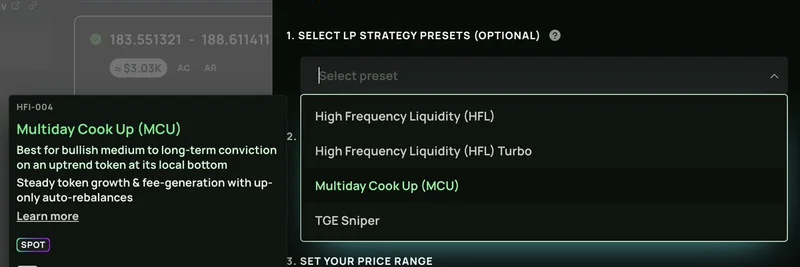In the fast-paced world of DeFi, where yields can make or break strategies, one major player saw the writing on the wall for Ethena's USDe stablecoin. Laura Shin, host of the popular Unchained Podcast, shared a clip on X featuring Sam MacPherson, co-founder and CEO of Phoenix Labs. In it, MacPherson—known on X as @hexonaut—breaks down why his team's Spark protocol decided to fully exit their position in sUSDe (the staked version of USDe) before yields tanked.
USDe, Ethena's synthetic dollar stablecoin, relies on basis trades—essentially betting on the difference between spot and futures prices of assets like Bitcoin and Ether—to generate yields. It exploded in popularity earlier this year, but as Shin notes in her post, it's shed a whopping $5 billion in market cap since Black Friday 2024. That's a massive drop, and Spark, one of USDe's biggest early supporters, got out just in time.
The Signs of Trouble: Scaling Limits and Increased Competition
MacPherson explains that throughout 2025, competition in the basis trade space ramped up significantly. What started as a lucrative opportunity began hitting its natural limits. "The capacity for this trade was starting to hit scaling limits," he says, estimating it tapped out around $6 billion. For context, basis trades involve hedging positions to capture funding rates on exchanges, but as more players piled in, the returns naturally compressed.
Spark had been depositing into sUSDe, enjoying solid yields up until around June 2025. But then things changed.
The Turning Point: Ethena's Deals and Leverage Plays
In July, Ethena struck arrangements with protocols like Aave to introduce "liquid leverage." This essentially funneled yields into boosted total value locked (TVL) mechanisms, shifting the focus from straightforward basis deployments to more complex leverage games. As MacPherson puts it, "It's sort of more of a leverage game and less of a direct deployment into the basis."
This shift made sUSDe less appealing for Spark's yield generation strategy. Yields that once benefited direct depositors were now being redirected, disadvantaging those holding sUSDe.
Adding fuel to the fire was Ethena's integration with Binance, offering a 12% guaranteed yield. This funneled even more rewards into specific deployments, further sidelining plain sUSDe holders. "This was disadvantaging depositors into sUSDe," MacPherson notes. Faced with these red flags, Spark chose to exit entirely.
What This Means for Meme Token Enthusiasts
Now, you might be wondering: Why does this matter for meme tokens? At Meme Insider, we track how broader blockchain trends ripple into the wild world of memes. High-yield stablecoins like USDe have been sucking up capital from riskier assets, including meme tokens. When DeFi yields were sky-high, investors parked funds there for "safe" returns, potentially starving meme projects of liquidity.
But with USDe's yields dropping and market cap shrinking, that capital could flow back into higher-risk, higher-reward plays—like your favorite dog-themed or frog-inspired tokens. Protocols like Spark exiting signal a broader DeFi recalibration, where savvy players rotate into emerging opportunities. For meme traders, this could mean increased volatility and potential pumps as funds seek the next big thing.
If you're building or investing in meme tokens, keep an eye on stablecoin dynamics. Tools like Dune Analytics can help track USDe's TVL and yields in real-time. And remember, in crypto, foresight like Spark's can be the difference between gains and rugs.
Check out the full episode of Unchained for more deep dives into DeFi strategies. What do you think—will meme tokens benefit from this yield exodus? Drop your thoughts in the comments below!



